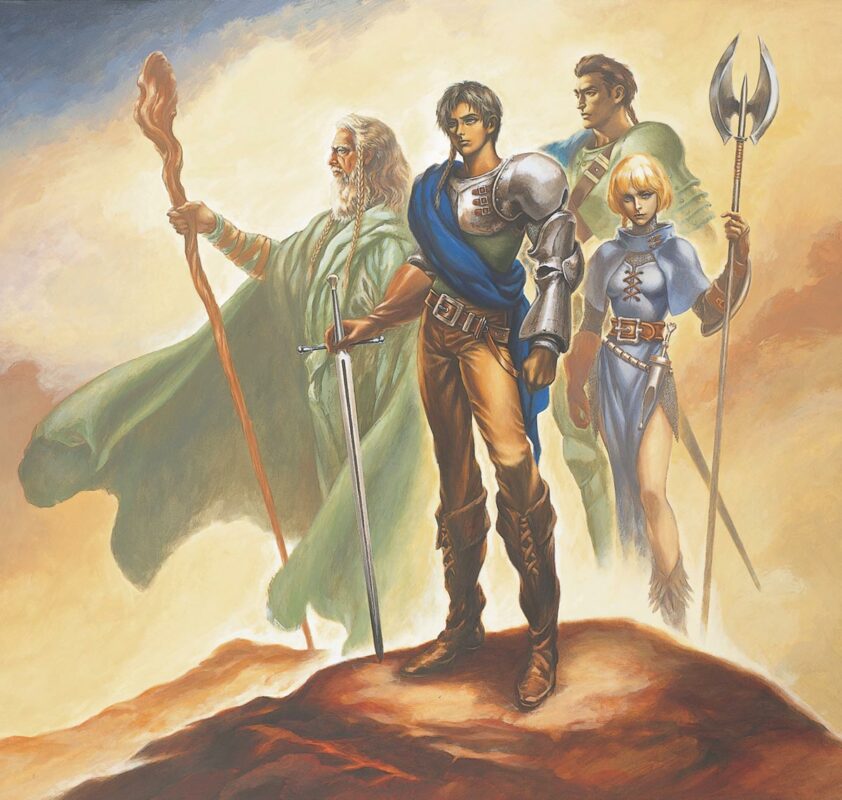This was a tough list to compile. The reason for that is that when you search for Nintendo 64 “RPGs” you only get two hits on Metacritic.com. Simply put, the N64 did not have many traditional RPGs released on the U.S. and you could (quite literally) count them on one hand…even if it was missing a finger (or two).
Editor’s Note: Because our sample size is too small (Quest 64 is not tracked for some reason) to have a proper list with at least five games, I have included the pair of The Legend of Zelda games that were released on the machine. One RPG on the system does get bumped out of the list (there is a special mention for it down below). If I had removed one Zelda game to accommodate for that one particular game, we would still have one Zelda title left on the list, thus making it “weird”, if contradictory, to have eliminated the other Zelda entry.
Personally, I am in the camp that while Ocarina of Time, and Majora’s Mask could fit with in the “Action/Adventure” genre, they are both “Action/RPGs” as well.
Most didn’t have an issue calling The Legend of Zelda (NES), Adventure of Link (NES), and A Link to the Past (SNES) “RPGs” back in their hey day. The term “Role-Playing Game”can fit a variety of different gameplay approaches within it.
In Zelda, you role-play a “silent” protagonist, you interact with various NPCs that provide items, or side quests, and your avatar gets stronger as you progress through the game by acquiring more powerful equipment, abilities, and heart containers. It is a different approach towards character progression from the usual “grind until you gain enough levels” system, but it remains character progression all the same.
At the end of the day, no one seems to argue when Alundra is classified as an “Action-RPG”, Ocarina of Time plays exactly the same, but in 3-D. The Legend of Zelda games are Action-Adventures, but also, Action-RPGs, in my opinion.
Honorable Mention
Aidyn Chronicles: The First Mage (2001) – Metascore: 53
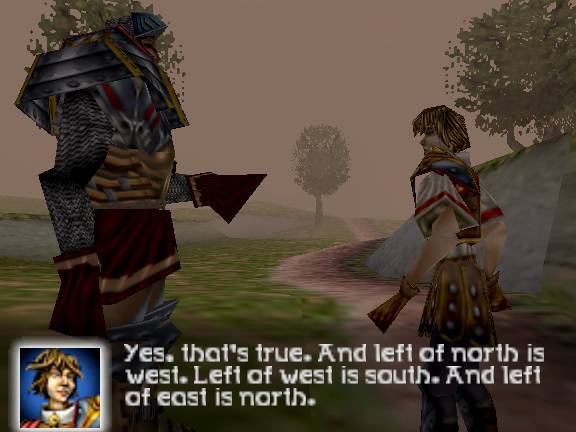
Aidyn Chronicles was universally panned as an extremely average to borderline bad Role-Playing Game. What is interesting is that it was also an extremely ambitious title that probably should have been developed for the Dreamcast or the PS2 hardware instead.
Aidyn seemed to have a somewhat interesting, but well written (in contrast to console RPGs of the times) storyline. What killed this massively huge 3-D RPG was its slower than molasses battle system, and the technical shortcomings of such a huge project being developed for an aging machine like the Nintendo 64 was at that time (2001).
Play Aidyn Chronicles today, and you will see some of Elder Scrolls, and a lot of Ocarina of Time in it. The game featured a fully functional “Open” world, with diverse locations, and things to see and explore. The problem is that it all ran at a snail’s pace.
Bad frame-rate, slow character movement, slower battles, and uneven difficulty made Aidyn Chronicles a game that could only be enjoyed by the most patient of monks. It was difficult to appreciate its excellent writing (and diverse visuals) while battling the game’s technical and design flaws.
5. Harvest Moon 64 (1999) – Metascore: 78
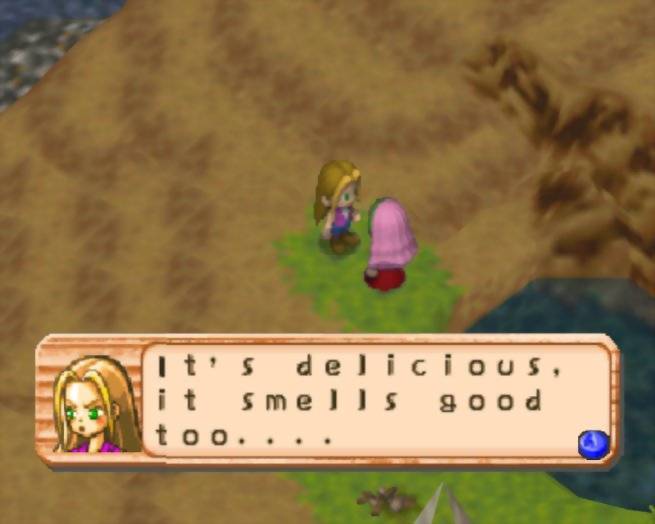
‘In the land of the blind, a one eye man is be king’, and in the land suffering a drought of Role-Playing Games a farming simulator is Lord. So, Harvest Moon did not fill the need for a traditional “epic” RPG quest that many Nintendo 64 owners craved at the time, but it provided a different type of role-playing game experience with in its tranquil world, instead.
Taking care of the farm was the quest, and upgrading your tools to plow the land successfully was a must. Farm animals had to be properly cared for, and some even developed affinity towards our avatar depending on his actions during the game play.
Harvest Moon 64 also allowed players to pick a love interest and marry (in order to have child and start a family). So, for an early title such as this, Harvest Moon 64 provided certain freedoms and systems that really spiced up the game’s gameplay and feel.
You saved the farm, instead of the world, but sometimes, a private experience can be more meaningful and powerful than the usual ‘world saving’ romp, and for that, Harvest Moon 64 deserves its ranking on this list.
4. Ogre Battle 64: Person of Lordly Caliber (1999) – Metascore: 82
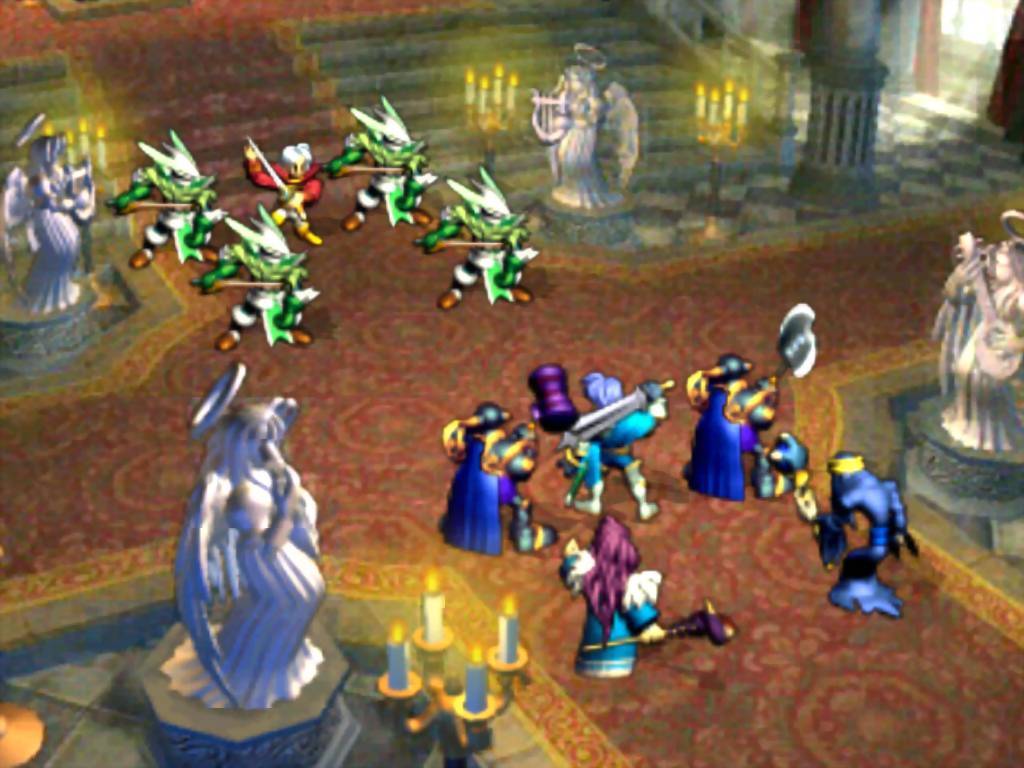
This is where games on this list begin to get good (not saying that Harvest Moon 64 was bad (by any means), but Ogre Battle 64 was more than just ‘good’ it was really good. In some ways, this game is a prime example of being good at something is almost meaningless if not given the proper (consequential) opportunities to show your greatness.
Confined to the Nintendo 64, a system known for a lack of RPGs, and for the extraordinary success of Nintendo first party titles, Ogre Battle 64 was destined for oblivion.
It is a shame that this is a game that almost no one played, as Ogre Battle 64 would not be out of place within a list raking the best strategy RPGs of its time along with Final Fantasy Tactics, and a few of Sega Saturn’s masterpieces.
Ogre Battle 64 had a complex storyline, incredible battles, some of the best visuals within tactical/RPGs of its era and multiple endings. Yes, this game had it all, it just didn’t have a huge market to target, as most RPG gamers were happily swimming on Sony’s RPG infested waters instead.
At over $100 dollars for an original copy of this Atlus RPG, Ogre Battle 64 is pricey, but attainable on Amazon. There are cheaper copies of the game available on the site, but I warn you, Amazon doesn’t filter out counterfeits from its listings, so be wary (and read customer comments) before purchasing Nintendo 64 cartridges from its page.
3. Paper Mario (2001) – Metascore: 93
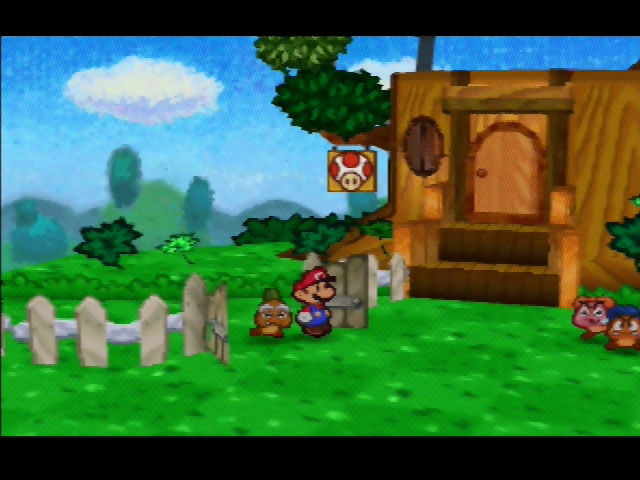
The gap in scoring between this an the previous entry is huge, but that is to be expected on the Nintendo 64 where Nintendo and Rare were king. Paper Mario was a sequel (of sorts) to Nintendo and Square’s collaboration, Super Mario RPG, which did well on the SNES.
Nintendo originally intended for Squaresoft to develop Paper Mario, but given their historic and infamous split, Intelligent Systems was tasked with the game’s development instead. Being completely honest, I am not sure that Squaresoft would have been capable of crafting a better game within this setting.
Paper Mario featured the usual Mario charm, and magic with in a template which required challenging puzzle solving, platforming, and turn-based battles. The game featured the usual ‘save the princess’ storyline, but with humorous dialog, and actual character development.
Universally lauded as one of the best games in the system, Paper Mario certainly earned its place on this list, and its 93 Metacritic rating from critics.
2. The Legend of Zelda: Majora’s Mask (2000) – Metascore: 95

How Nintendo managed to deliver this monster of an epic in just two years after Ocarina’s release remains a mystery to me. Yeah, I know, they already had the engine in place, and re-used the same assets, but still, Majora’s Mask three day cycle system (as the game play’s primary driving mechanic) is so different from Ocarina (and any other Zelda for that matter), that it boggles the mind as to how Nintendo EAD managed to craft another near flawless masterpiece within such a short span of time.
Majora’s Mask has aged like wine, because there is nothing quite like it on the market, even 21 years later. Ocarina of Time’s world and NPCs felt alive in 1998. The liveliness of these characters (many which provided a quest, or an item) was one of the primary factors for Ocarina of Time being such a stunning masterpiece in its time.
Nintendo EAD took NPCs to the next level in Majora’s Mask. NPCs, had daily routines, that at times, changed within in-game hours, and in-game situations. It was possible to spend and entire 3 day cycle just stalking certain NPC’s to see what they did (or didn’t do) next. It was a stunning world at the time.
True, none of this was A.I. driven, it was all scripted. It could be scripted because the game only had to worry about 3 – in game – days, before the Moon crashed and ended the world, or our wise little Link played Song of Time refreshing the 3 day cycle once again. However, Nintendo sold a living breathing world to gamers as well as anyone did, and has since.
Despite using the same assets, Majora’s Mask looked sharper, and more colorful than Ocarina did, thanks to its use of the 4MB RAM Pak, and Nintendo’s own growing mastery of the N64 hardware. Termina was an eerie, yet, at times, beautiful place that reminded me of Hyrule in its weird familiarity, but it was completely different in its design, and even much of its terrain.
It was a full blown Zelda game, whose only weakness were two of its main four dungeons (being too easy), but given the amount of things needed to be accomplished before gaining access to said dungeons, MM was a just (if not more) challenging than Ocarina was, and just as long. The only real draw back to this bonafide masterpiece? It didn’t have a fishing game, a mistake that would be corrected in its 3DS Remake.
Personally, along with Mario 64, this is perhaps by second favorite game on the system next to our next entry…
1. The Legend of Zelda: Ocarina of Time (1998) – Metascore: 99
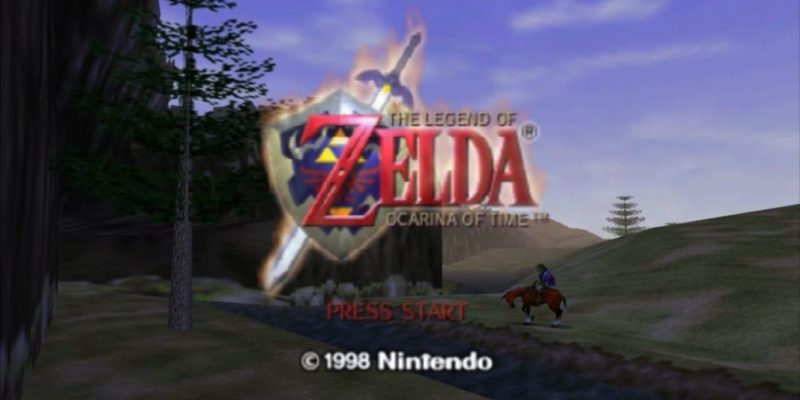
By this point, it seems that any list that Ocarina of Time is allowed to enter, it will top. This does not happen by sheer luck, or one man’s opinion. The game has held the Metacritic highest score record for 23 years (it will be 23 on November) straight.
Ocarina of Time wrote the book on how 3-D open worlds should behave, with day and night cycles, large scale environments, lively NPCs, and even weather effects. It did all of this in flawless fashion at a time when most of the development world was still getting its feet wet with 3-D graphics, and many hadn’t even mastered simple things such as movement, and enemy targeting.
Ocarina fixed the targeting issue by introducing “Z-Targeting” into the genre, and this system continues to be used today by almost every modern open world game that one can think of. Ocarina of Time introduced a large world to explore, but also the means by which to travel in it with Epona (horse riding was a first), secret passages, and fast travel mechanics (via Ocarina songs).
Ocarina of Time delivered the first ‘cohesive living world’ that I can think of in consoles, and it did so with flawless execution. Amazing dungeons, a heartfelt storyline, a world full of side-quests, interactivity, and incredible mini-games kept gamers busy when they weren’t ogling at the game’s amazing visuals.
Think about this, Metal Gear Solid, and Panzer Dragoon Saga were all released in 1998. Both of these games are considered by many as the best that each system had to offer, and yet, Ocarina of Time managed to snatch more GotY awards in 1998 (1999 in some regions) than each of them.
Agree with the author? Couldn’t disagree more and are frothing at the mouth to tell him? Leave a comment here, on Facebook or send an email and make sure to follow Never Ending Realm on Facebook, Twitter, and YouTube!
